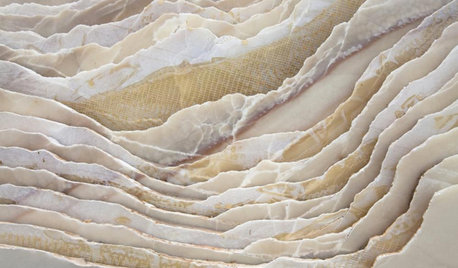I'm a Drosera, but I don't know what type...
don555
16 years ago
Related Stories

LIFEYou Said It: ‘Just Because I’m Tiny Doesn’t Mean I Don’t Go Big’
Changing things up with space, color and paint dominated the design conversations this week
Full Story
FUN HOUZZEverything I Need to Know About Decorating I Learned from Downton Abbey
Mind your manors with these 10 decorating tips from the PBS series, returning on January 5
Full Story

CLOSETSGuest Picks: I'm Dreaming of a Wide Walk-In
20 organizing ideas to get the most out of a small closet
Full Story

WINTER GARDENING6 Reasons I’m Not Looking Forward to Spring
Not kicking up your heels anticipating rushes of spring color and garden catalogs? You’re not alone
Full Story
LIFEYou Said It: ‘I’m Never Leaving’ and More Houzz Quotables
Design advice, inspiration and observations that struck a chord this week
Full Story
HISTORIC HOMESMust-Know Modern Homes: The Lovell Beach House
R.M. Schindler redefined architectural space through form. See how this striking California home influenced modern architecture to come
Full Story
WORLD OF DESIGN8 Things You Didn’t Know About Italian Marble
How did the ancients extract marble? What makes it white or colored? We unearth fascinating facts about this luxurious stone
Full StorySponsored
Most Skilled Home Improvement Specialists in Franklin County







mutant_hybrid
petiolaris
Related Professionals
Woodinville Landscape Architects & Landscape Designers · Pelham Landscape Contractors · Allentown Landscape Contractors · Cockeysville Landscape Contractors · Corona Landscape Contractors · Dunwoody Landscape Contractors · Hayden Landscape Contractors · Hayward Landscape Contractors · Marlborough Landscape Contractors · Maywood Landscape Contractors · Rockwall Landscape Contractors · Tavares Landscape Contractors · Charlottesville Swimming Pool Builders · Chatsworth Swimming Pool Builders · North Hollywood Swimming Pool Buildersdon555Original Author
carnivorousplants
mutant_hybrid
petiolaris
mutant_hybrid
don555Original Author
petiolaris
carnivorousplants
mutant_hybrid
petiolaris
mutant_hybrid
petiolaris